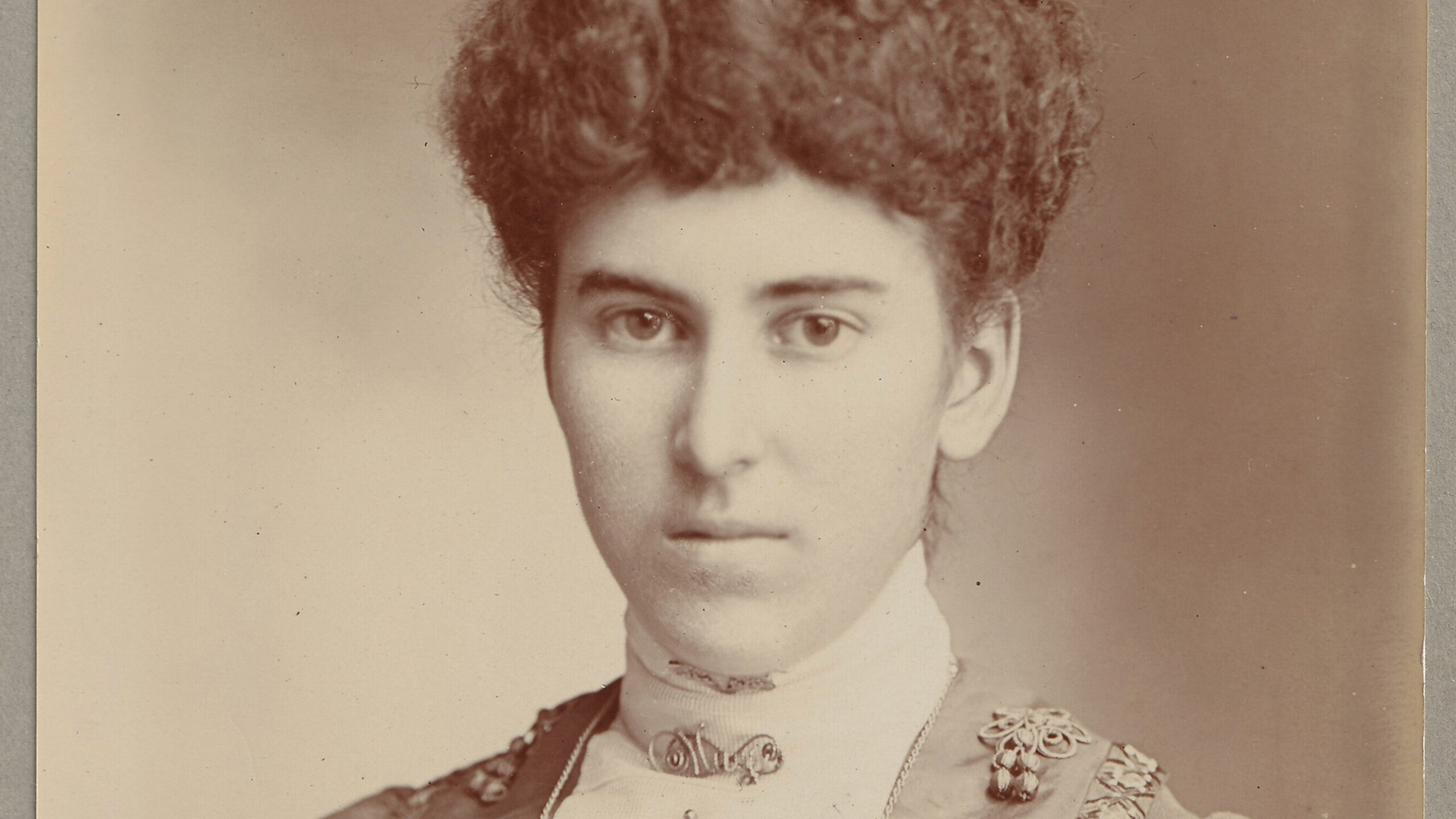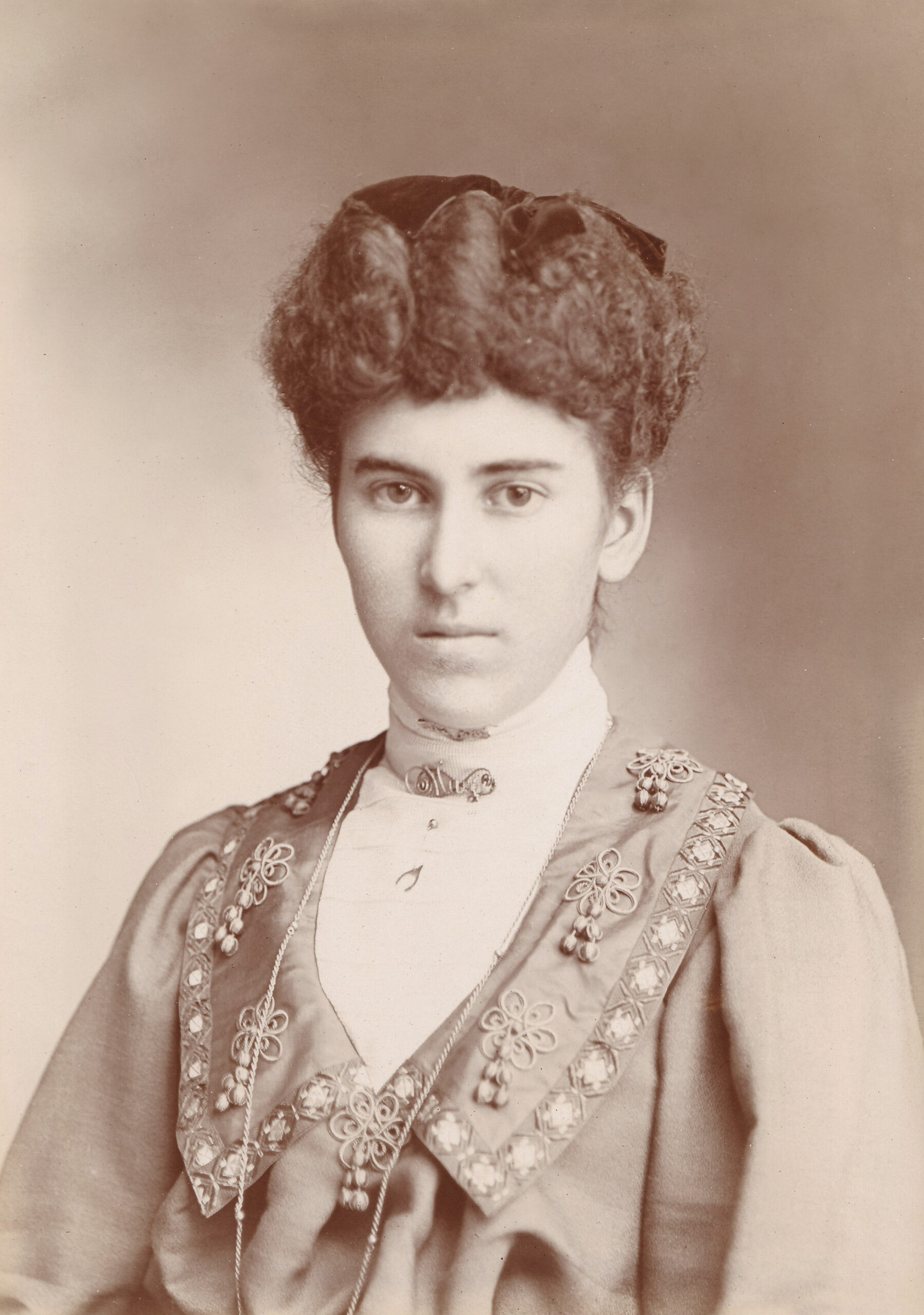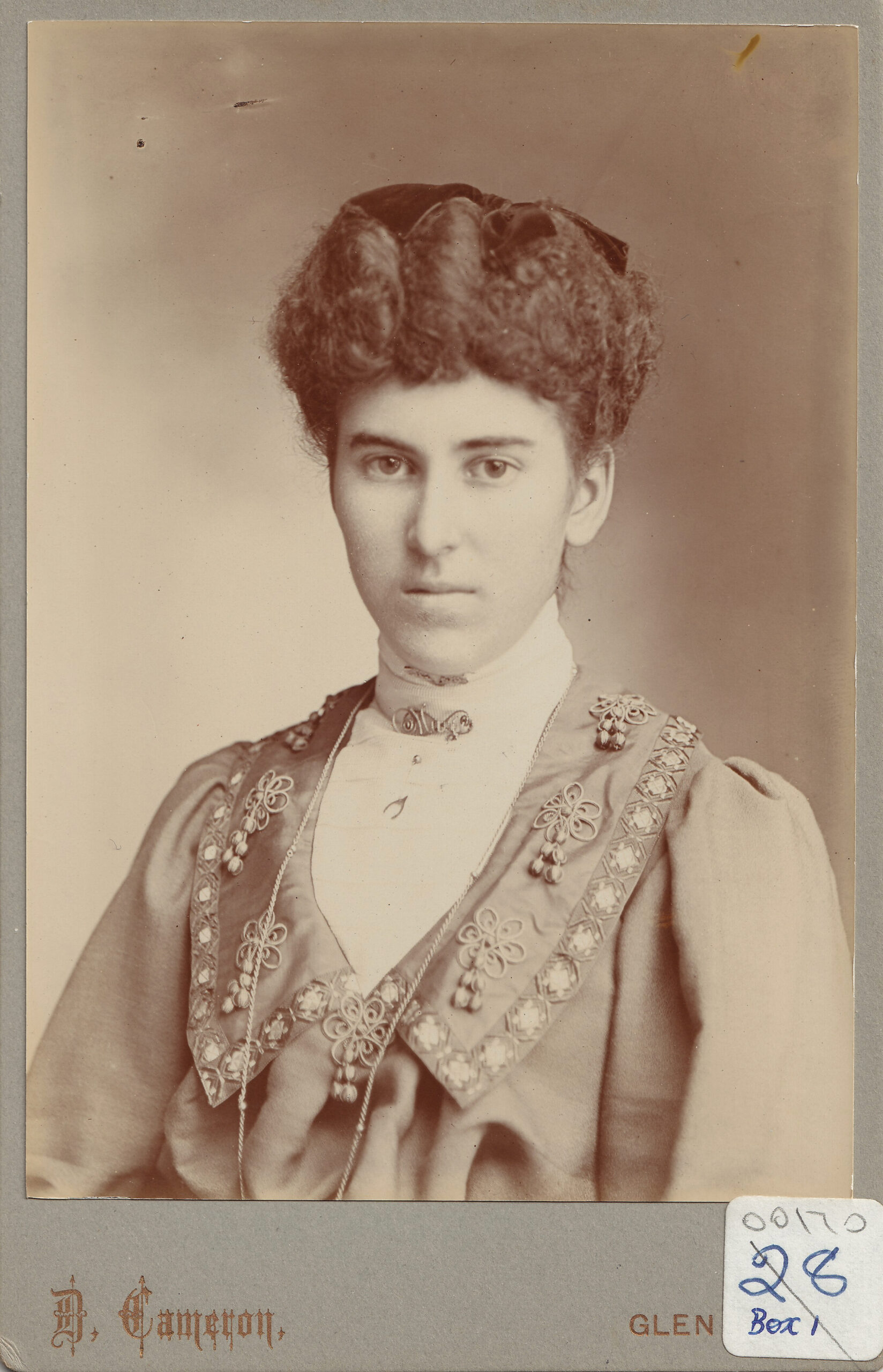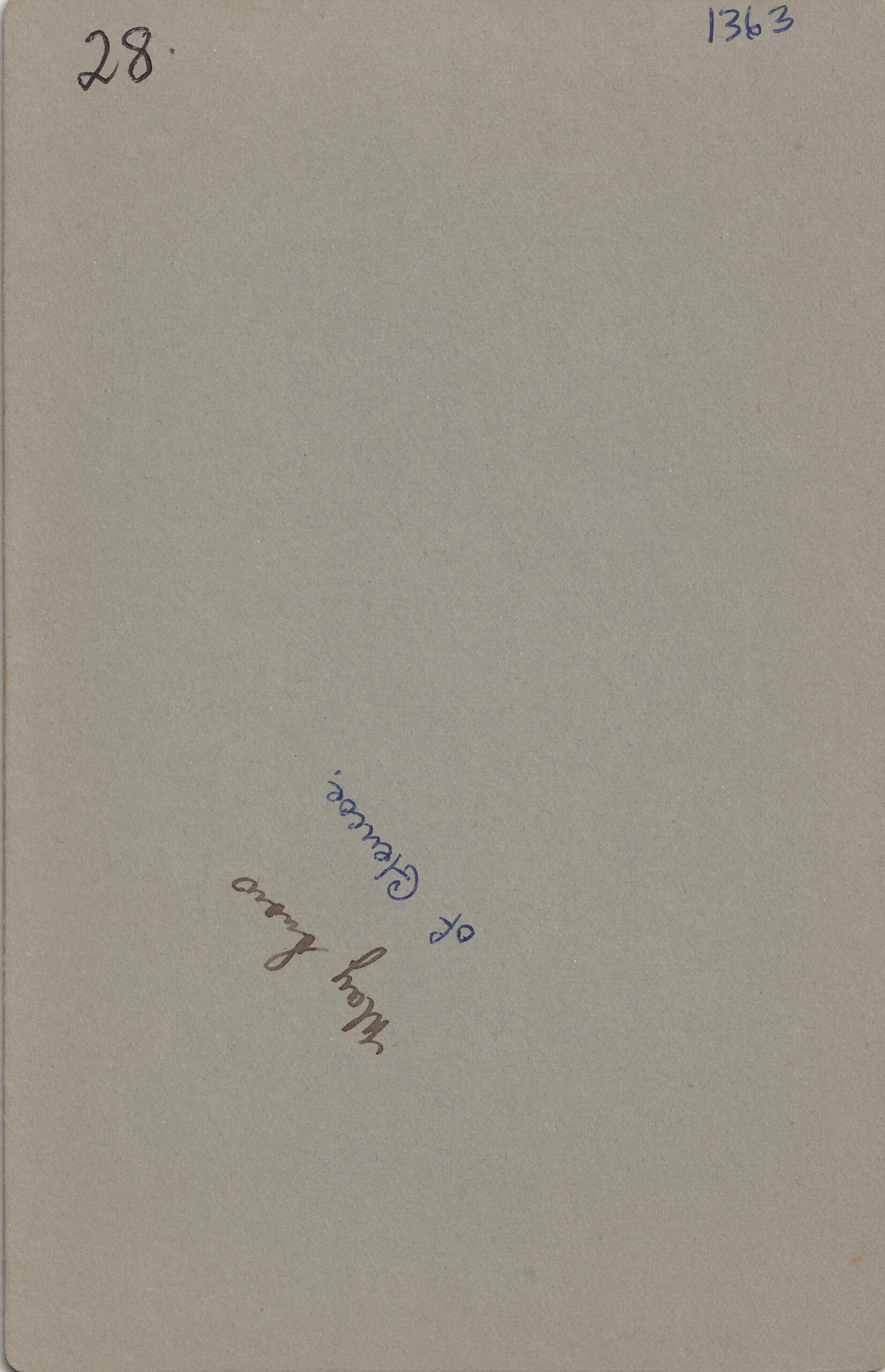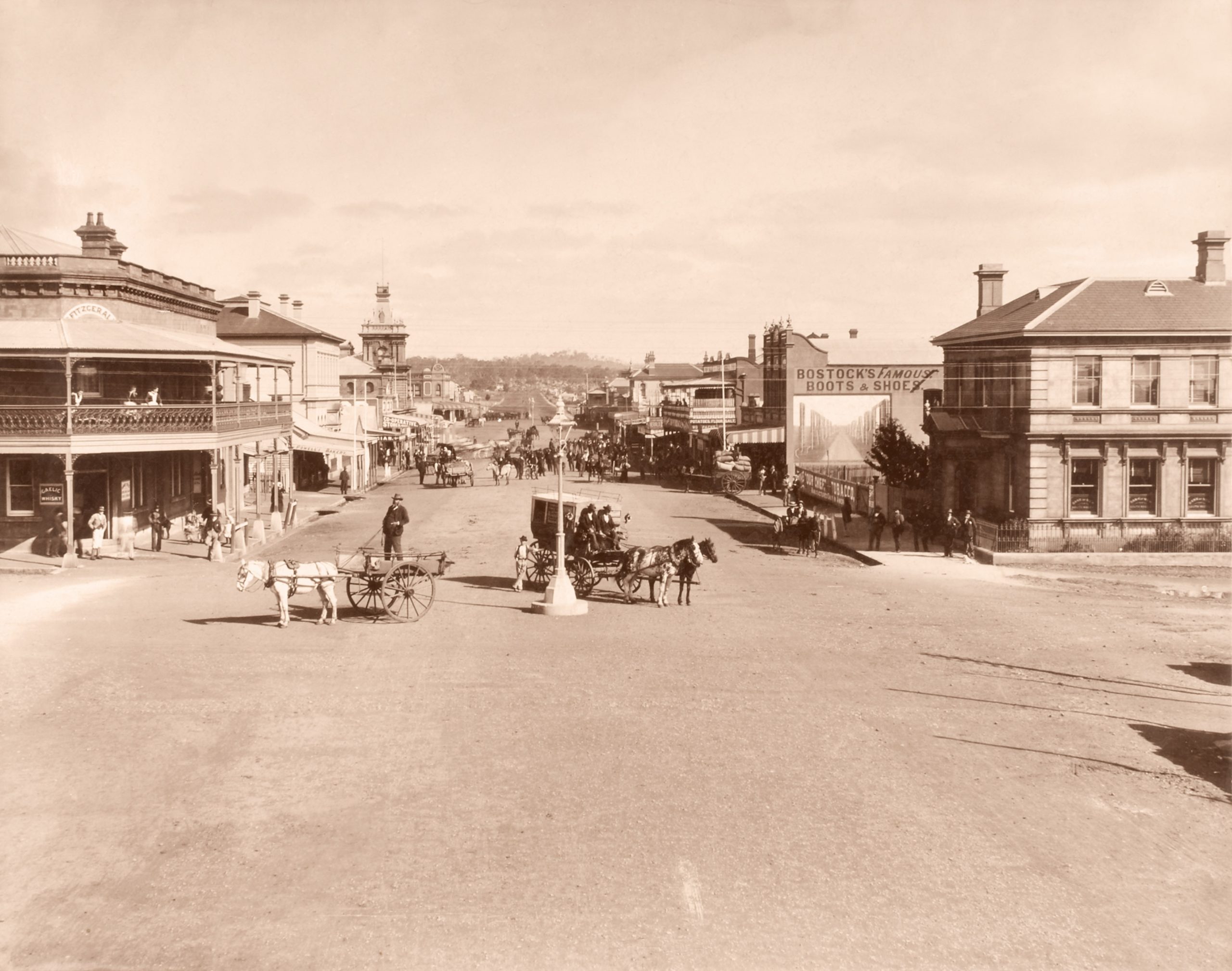Painful Ideal
Women’s Fashion at the Turn of the Century
We know Ethel May Snow (née Lynn) (1900-1965) of Glen Innes in northern NSW, preferred to be called May because, in her portrait, she wears a brooch with that name at her throat.
In the studio photograph, May is impeccably dressed in the idealised fashion of the 1910s. It was a style that would soon vanish as women took on more active roles during World War I and clothing became more practical.
In her portrait, May wears a long-sleeved, tailored blouse that is fitted to the waist. A high neckline ensured that very little skin was revealed; certainly, none of her cleavage was visible because that was considered vulgar. Her jacket has decorative beading on the wide lapel and puffed sleeves that are much smaller than the huge leg-of-mutton sleeves that were fashionable just a decade earlier.
Underneath her outfit, May would have been wearing several layers of undergarments including chemises, drawers and petticoats. She would also be wearing an S-bend corset that was kept rigid with steel bones. The corset cinched in her waist and encouraged her to tilt her body backwards so her rear silhouette formed an ‘S’ that bent sharply in at the waist while her shoulders and hips were thrust out.
The corset was popular at the turn of the century and considered ‘healthier’ for women than earlier designs because there was less pressure on the front of the abdomen. In practice, the corset was very uncomfortable and encouraged an unnatural posture that could cause spinal issues.
In the portrait, May would have been in her teens, a few years before she married Cecil Oliver Snow (1896-1973). In a time before antibiotics, May and Cecil had three boys but only one son survived to become an adult. Their first son, Eric Cecil Snow (b. 1925) died when he was nine months old and their third son, Neville James Snow (b. 1931), born during the Great Depression, died when he was just eleven.
Although May can no longer tell us about her life, her outfit speaks volumes.


